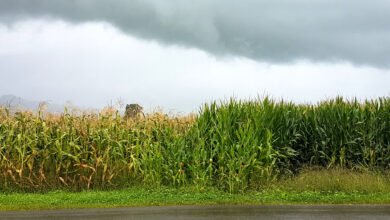
Agrarian economics is an important field of study that examines the relationship between the agricultural sector and the economy. It looks at how the agricultural sector affects economic growth, employment, and other economic indicators. It also examines the impact of government policies on the sector, such as subsidies, tax incentives, and regulations. This blog post will break down the basics of agrarian economics and provide an overview of its key concepts.
Understanding Agrarian Economics
Understanding agrarian economics is essential for comprehending the intricate relationship between agriculture and the economy. Agrarian economics delves into the dynamics and interactions between the agricultural sector and various economic indicators. By examining this connection, we gain insights into the impact of agricultural activities on economic growth, employment rates, and overall prosperity.
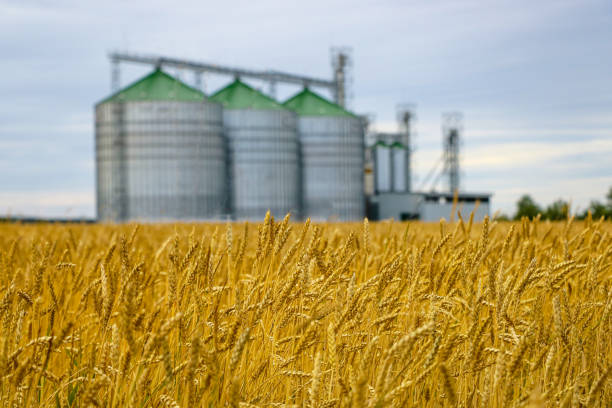
Agrarian economics also explores how government policies and regulations shape the agricultural sector. By studying subsidies, tax incentives, and regulations, we gain a clearer understanding of how these interventions affect agricultural production and profitability.
This field of study helps us recognize the significance of agriculture in the economy. Agriculture not only provides food and raw materials but also plays a vital role in generating income, supporting rural communities, and contributing to international trade.
Additionally, agrarian economics categorizes agricultural production systems, enabling us to understand the various approaches and techniques employed by farmers to cultivate crops and raise livestock. This knowledge helps us appreciate the diversity and complexity of agricultural practices worldwide.
Understanding the factors that influence agricultural production and profitability is another crucial aspect of agrarian economics. By examining elements like climate, technology, market conditions, and government policies, we can assess how these factors impact farmers’ decisions, output levels, and income.
Moreover, agrarian economics delves into the market structure and trading of agricultural commodities. This exploration provides insights into price formation, market trends, and the forces driving supply and demand dynamics within the agricultural sector.

The Importance of Agriculture in the Economy
Agriculture is not just about growing crops and raising livestock. It is an essential pillar of any economy, playing a crucial role in driving economic growth, generating employment opportunities, and supporting food security. The importance of agriculture in the economy cannot be overstated.
First and foremost, agriculture is a major contributor to economic growth. It provides a substantial share of the gross domestic product (GDP) in many countries, particularly those with agrarian-based economies. The revenue generated from agricultural activities stimulates economic development by increasing overall output and contributing to the country’s wealth.
Moreover, agriculture is a significant source of employment, particularly in rural areas. It creates jobs along the entire value chain, from farm laborers to agro-industries and food processing. This employment generates income and improves livelihoods, supporting the economic well-being of individuals and communities.
Agriculture also plays a crucial role in ensuring food security. By producing a variety of crops and livestock, it provides a stable and diverse food supply. This helps to mitigate the risk of food shortages and ensures that people have access to nutritious food, improving public health and well-being.
Furthermore, agriculture is a vital component of international trade. Countries with a competitive agricultural sector can export their products, earning foreign exchange and stimulating economic growth. Agriculture is a crucial driver of economic integration and global markets, creating opportunities for countries to participate in international trade and benefit from global demand for agricultural products.

Types of Agricultural Production Systems
Agriculture is a diverse and multifaceted field, with different production systems employed by farmers around the world. These production systems vary depending on factors such as climate, soil conditions, available resources, and cultural practices. Understanding the various types of agricultural production systems is crucial for comprehending the complexity and diversity of agriculture.
One common type of agricultural production system is subsistence farming. In subsistence farming, farmers primarily produce crops and livestock for their own consumption and the well-being of their families. This type of farming is prevalent in rural areas and developing countries, where farmers rely on their agricultural activities to meet their basic needs.
Another type of production system is commercial farming. In commercial farming, farmers focus on producing crops and livestock for sale in the market. This type of farming is typically characterized by large-scale operations, advanced technologies, and specialization. Commercial farmers aim to maximize productivity and profitability by leveraging economies of scale and adopting efficient production techniques.
Specialized farming is yet another type of agricultural production system. In specialized farming, farmers focus on growing specific crops or raising specific types of livestock. For example, some farmers may specialize in growing fruits or vegetables, while others may specialize in dairy farming or poultry production. Specialization allows farmers to develop expertise in a particular area and optimize their production practices for maximum yield and quality.
Mixed farming is a production system that combines multiple agricultural activities on the same farm. Farmers practicing mixed farming may engage in both crop production and livestock rearing. This integrated approach helps farmers optimize resource utilization, diversify their income streams, and mitigate risks associated with fluctuations in market conditions or weather patterns.
Finally, organic farming has gained popularity in recent years. Organic farming involves cultivating crops and raising livestock using natural and sustainable methods, without the use of synthetic chemicals or genetically modified organisms. Organic farming prioritizes environmental stewardship, soil health, and biodiversity conservation.
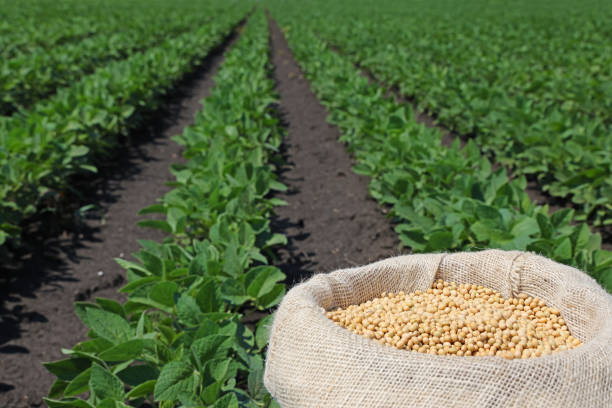
Factors that Affect Agricultural Production and Profitability
Factors that affect agricultural production and profitability are multifaceted and can vary depending on numerous variables. One crucial factor is climate. Different crops thrive in different climates, so the weather conditions of a particular region can significantly impact agricultural production. Extreme weather events such as droughts, floods, or heatwaves can devastate crops, leading to decreased yields and lower profitability.
Technological advancements also play a crucial role in agricultural production and profitability. Access to modern farming equipment, improved irrigation systems, and advanced agricultural practices can enhance productivity and efficiency, leading to higher yields and increased profitability. On the other hand, a lack of access to modern technologies can hinder agricultural production and limit profitability.
Market conditions and demand are another critical factor. Fluctuations in market prices, consumer preferences, and global demand can influence farmers’ decisions regarding which crops to grow and when to sell. Understanding market trends and identifying potential opportunities can help farmers maximize profitability.
Government policies and regulations can also have a significant impact on agricultural production and profitability. Policies related to subsidies, taxes, trade regulations, and environmental regulations can either support or hinder the agricultural sector. For example, subsidies can incentivize farmers to produce certain crops, while taxes can increase the cost of production. Understanding and adapting to these policies is crucial for farmers to navigate the regulatory landscape and optimize profitability.
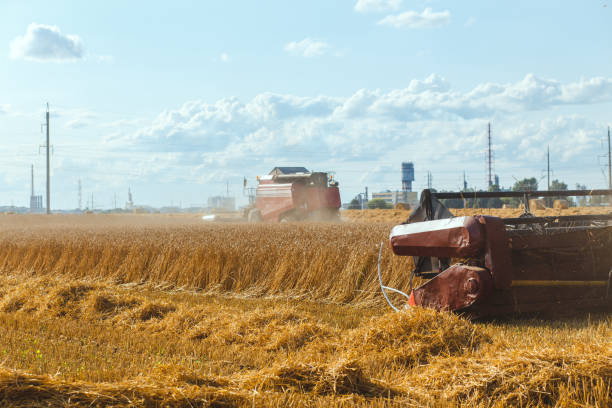
Market Structure and Agricultural Commodities Trading
Market structure and agricultural commodities trading play a crucial role in the agrarian economy. Understanding how agricultural products are bought and sold, and the forces that drive supply and demand, is essential for farmers, policymakers, and consumers alike.
The market structure for agricultural commodities refers to how these products are traded. It includes various participants, such as farmers, wholesalers, retailers, processors, and consumers. These participants interact in different ways, depending on the specific commodity and the market conditions.
The trading of agricultural commodities is influenced by factors such as price formation, market trends, and the forces of supply and demand. Price formation is determined by the interaction of buyers and sellers in the market. The prices of agricultural commodities can fluctuate based on factors such as weather conditions, crop yields, government policies, and global demand.
Market trends provide insights into the overall direction of the market. By studying these trends, farmers can make informed decisions about what crops to grow and when to sell. Understanding market trends also allows policymakers to implement measures to stabilize prices and ensure market efficiency.
The forces of supply and demand drive the trading of agricultural commodities. Supply refers to the amount of a commodity available in the market, while demand refers to the amount that consumers are willing to buy.
Agricultural commodities are traded in various ways, including through spot markets, futures markets, and contracts. Spot markets involve the immediate delivery of commodities at the prevailing market price. Futures markets, on the other hand, involve the trading of contracts for future delivery of commodities at predetermined prices. Contracts allow farmers and buyers to agree on terms and conditions, providing stability and reducing risk.
Agricultural Policies and Regulations
Agricultural policies and regulations play a crucial role in shaping the agricultural sector and ensuring its sustainability and profitability. Governments around the world implement various policies and regulations to support farmers, protect the environment, and promote food safety.
One of the most common agricultural policies is subsidies. Subsidies provide financial assistance to farmers, helping them overcome challenges such as fluctuating market prices, adverse weather conditions, and high production costs. By offering subsidies, governments aim to stabilize farm incomes, incentivize production, and ensure food security.
Tax incentives are another important aspect of agricultural policies. Governments often provide tax breaks or reduced tax rates to farmers, encouraging investment in agriculture and stimulating rural development. These incentives can include exemptions on land or property taxes, income tax deductions, or special tax credits for agricultural activities.
Regulations in agriculture cover a wide range of issues, including environmental protection, animal welfare, and food safety. These regulations aim to safeguard natural resources, prevent pollution, and ensure the quality and safety of agricultural products. For example, regulations may require farmers to adopt sustainable farming practices, limit the use of certain chemicals, or adhere to specific animal welfare standards.
Agricultural policies and regulations also extend to international trade. Governments establish trade regulations and agreements to protect domestic farmers, ensure fair competition, and promote agricultural exports. Tariffs, quotas, and sanitary and phytosanitary measures are among the tools used to regulate international trade in agricultural products.
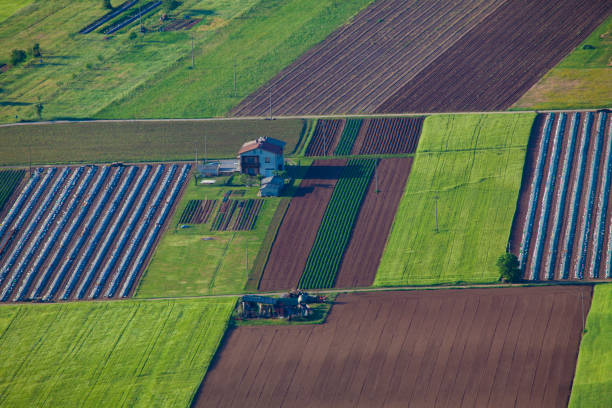
Current Challenges Facing Agriculture and the Future of Agrarian Economics.
As we navigate the complexities of the 21st century, agriculture faces a multitude of challenges that shape the future of agrarian economics. One of the key challenges is the growing demand for food due to population growth and changing dietary preferences. To meet this demand, farmers must increase production while ensuring sustainable practices to protect the environment and conserve natural resources. This requires innovation in technology, such as precision farming and vertical farming, to optimize yields and reduce the environmental footprint of agriculture.
Another challenge is climate change and its impact on agricultural production. Rising temperatures, unpredictable weather patterns, and extreme events pose significant risks to crop yields and livestock health. Farmers must adapt by implementing climate-resilient farming practices, improving irrigation and water management, and developing heat-tolerant and drought-resistant crop varieties. The agricultural sector also needs to explore solutions to reduce greenhouse gas emissions and mitigate the contribution of agriculture to climate change.
Furthermore, globalization and international trade present both opportunities and challenges for agrarian economics. Increased trade can open up new markets for agricultural products, stimulating economic growth and employment. However, it also exposes farmers to global competition and market fluctuations, which can affect profitability. Balancing the benefits and risks of international trade requires effective policies and regulations to protect domestic farmers while fostering fair and sustainable global trade.
Lastly, addressing social and economic inequalities within the agricultural sector is crucial for the future of agrarian economics. Many small-scale farmers, particularly in developing countries, face challenges such as limited access to resources, lack of infrastructure, and insufficient financial support. Empowering small-scale farmers through education, training, and access to markets can help reduce inequalities and create a more inclusive and resilient agricultural sector.

